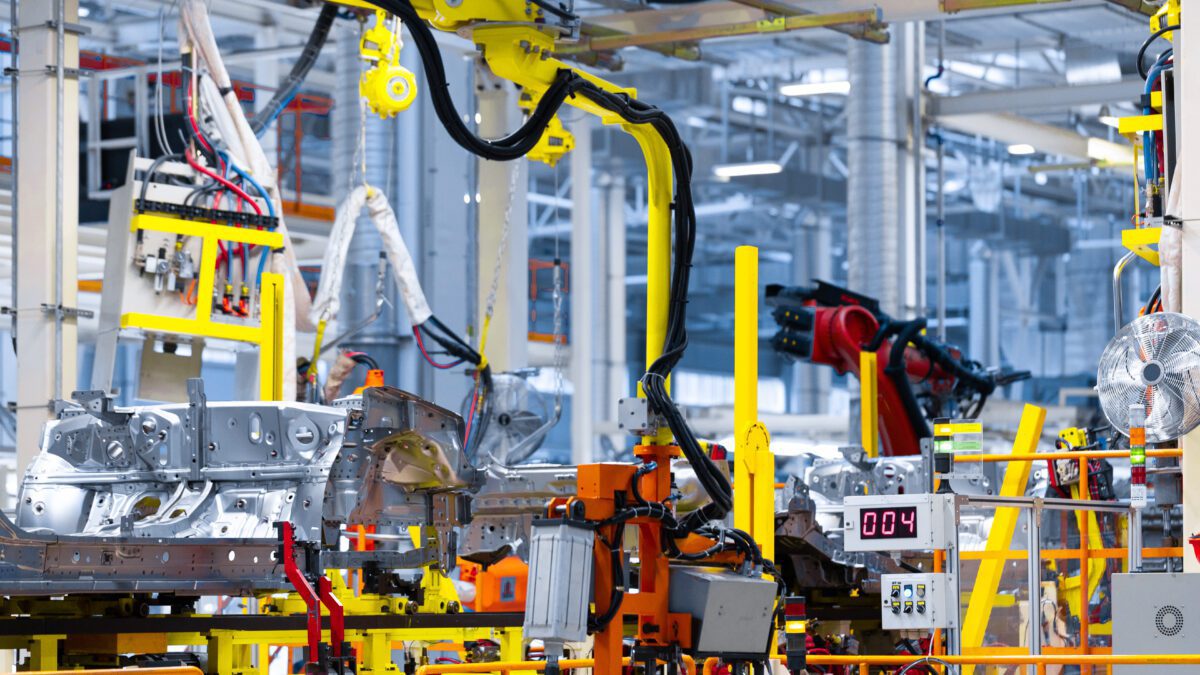The discipline of provide chain administration is within the throes of a paradigm-shifting transformation pushed by technological developments and modern methods. This text covers key traits and applied sciences which are shaping provide chain administration by bringing effectivity, visibility, and responsiveness throughout the entire provide chain.
- Web of Issues (IoT)
1.1 Sensors:
Sensors in the IoT are in the items on the shelf, the vehicles within the supply fleet, and the warehouses to provide real-time information about location, situation, and motion of the products. This allows enhanced visibility, predictive analytics, and better decision-making.
1.2 Monitor and Trace:
Allows industries to extend end-to-end visibility through ‘track-and-trace’ capabilities. A company can monitor the movement of its goods from manufacturing up to the delivery, thus helping optimize routes and reducing disruptions in this interchange.
- AI and ML (Artificial Intelligence and Machine Learning)
2.1 Demand Forecasting
AI and ML algorithms allow the processing of huge sets of data for better prediction of demand. This reduces stock management, minimizes overstocking, and maintains availability when and where the product is in demand.
2.2 Predictive Analytics
Machine-learning-based models account for historical data used for predicting any possible disruptions and offer proactive recommendations. And certainly, that will cut the effect of unexpected events on the supply chain process.
- Blockchain Technology
3.1 Transparent and Secure Transactions
Blockchain ensures transparency and security in transactions throughout the supply chain, providing an immutable ledger that reduces fraud possibilities, enhances traceability, and provides much-needed trust.
3.2 Smart Contracts:
Smart contracts streamline and automatically process the execution of the contractual agreements, thus making functions such as payments, compliance, and order fulfillment easy to manage. This eliminates paperwork and reduces delays to a minimum.
- Robotic Process Automation (RPA)
4.1 Warehouse Automation:
RPA is applied within the warehouses to manage repetitive activities, for instance, order processing, sorting, and packaging. The above improves operations that pertain to the fulfillment process on the speed, accuracy as well as efficiency.
4.2 Unmanned Vehicles:
Robotic vehicles that are applicable are drones and unmanned vehicles that help during transportation, especially with the last-mile delivery. They improve on the after continuing to achieve speed and cost minimization on e-commerce logistics.
Digital twins are digital representations of hard, physical assets that are almost real-time replicas. In supply chain management, they simulate and optimize processes to aid decision-making and problem-solving.
5.2 Efficiency Monitoring
Digital twins monitor the performance of either assets or processes. Therefore, an organization can trace inefficiencies, carry out predictive maintenance, and optimize resource management.
- Cloud-Based Supply Chain Solutions
6.1 Scalability and Flexibility
Cloud-based solutions are scalable and flexible, allowing organizations to equate supply with demand and easily respond to change. Real-time access to the information enables collaboration and enhances overall agility.
6.2 Knowledge Centralization:
Centralization of knowledge for all supply chain partners on cloud platforms allows improved coordination, less error, and ensures everyone works on the same source of truth.
- Augmented Reality and Virtual Reality
7.1 Warehouse Management:
AR and VR are utilized in coaching warehouse workers and optimizing the number of processes. They improve accuracy, speed, and reduce errors in advanced logistics operations.
7.2 Remote Support:
AR enables remote assistance, which makes it possible for experts to guide field workers or warehouse workers in real time. This reduces downtime, quickens problem-solving, and results in an increase in average efficiency.
- Advanced Analytics for Risk Management
8.1 Supply Chain Visibility:
Advanced analytics provide a clear visibility chain-wide, enabling identification and minimization of organizational risks, such as geopolitical events, natural disasters, or logistic network disruptions.
8.2 Situation Planning:
Analytics will support situation planning to build models for many different situations for organizations and assess likely impacts on the supply chain. It will streamline proactive risk management and strategic decisioning.
- 3D Printing/Additive Manufacturing
9.1 On-Demand Manufacturing:
3D printing enables the manufacturing of products on demand, reducing the requirement for heavy inventories. It also has benefits in reducing the cost associated with supply chain operations.
9.2 Supply Chain Resilience:
Additive manufacturing ensures the resilience of the supply chain system through decentralized production. It minimizes the overdependence on the centralized production system and thus acts as a reduction of disturbances.
- Sustainable Supply Chain Practices
10.1 Eco-Friendly Logistics
Organizations are now creating a greener supply chain by implementing sustainable practices involving electric vehicles, optimized routes, and eco-friendly packaging. This is in line with their environmental goals and meets consumer expectations.
10.2 Circular Supply Chains:
Circular supply chain models focus majorly on the reduction of waste by means of reuse, recycling, and refurbishing. The best sustainable approach is quite forthcoming and now being adopted by organizations emphasizing their environmental responsibilities.
Conclusion: Let’s Steer Ahead for the Future of Supply Chain Management
The improvements in provide chain administration outlined above characterize a dynamic shift towards a extra linked, clever, and responsive provide chain ecosystem. Embracing these traits and applied sciences empowers organizations to boost effectivity, cut back prices, and mitigate dangers in an more and more advanced and globalized enterprise surroundings. As provide chain administration continues to evolve, staying abreast of those improvements can be essential for organizations searching for a aggressive edge and sustainable success.



Stay connected